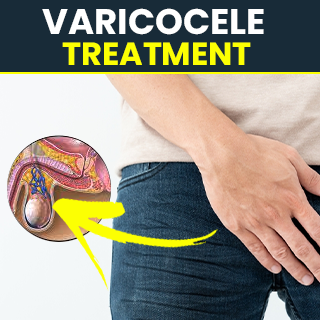Chronic Obstructive Pulmonary Disease is a continuous and chronic lung condition which primarily affects the capacity to breathe. The Copd definition is used to describe various lung diseases such as chronic bronchitis and emphysema which can cause obstruction in airflow and breathing difficulty.
Here are a few main causes of copd:
Smoking cigarettes: It is a risk factors in the development of copd. Smoking causes irritation and damage to the lung tissue and the airways in time, resulting in chronic inflammation and the narrowing of the airways.
Environmental Exposure: Long-term exposure to both indoor and outdoor air pollutants, such as secondhand smoke and dust, and air pollution and other chemicals may contribute to the onset of copd.
Genetics: These variables are also a factor in the vulnerability to copd. The absence of the protein alpha-1 antitrypsin can increase the chance for developing the disease, particularly for those who smoke.
Here are some copd symptoms which includes:
The symptoms of copd can differ in severity and tend to get worse as time passes. The most common symptoms are:
Shortness of Breath: At first it may be experienced during physical exercise However, as the illness advances, breathlessness may occur even at the rest of the day.
Chronic Cough: A continuous cough, usually with the mucus production, is a frequent manifestation. The cough can be more severe during the early morning.
Wheezing: This high-pitched whistling sound that occurs during breathing. It's caused by airways that are narrowed.
Chest Tightness: Many people who suffer from copd feel a sense of heaviness or tightness around the chest.
Chronic Respiratory Infections: The copd virus can make people more susceptible to respiratory illnesses such as colds, flu, and pneumonia.
Insufficient physical activity: When the condition gets worse and breathing gets more difficult, those who suffer from copd have difficulty to participate in physical activities.
Unintentional weight loss: The comorbidity of Copd may cause the loss of weight and muscle in the body, since it requires more energy to breathe.
A copd exacerbation is an abrupt increase in symptoms in people suffering from Chronic Obstructive Pulmonary Disorder. It is a lung disease that is characterized by two main conditions such as chronic bronchitis and Emphysema. The conditions can cause breathing difficulties and airflow restriction because of the inflammation of lung tissue and airways.
In the event of an exacerbation of copd the typical symptoms of copd can become more severe. This can include:
Shortness of breath and shortness of breath
Coughing that is persistent
Mucus production is increased
Noisy breathing or wheezing
Tightness in the chest or discomfort
For more References Visit Us:
https://bharathomeopathycure.blogspot.com/2023/08/breathing-freely-managing-asthma-for.html







